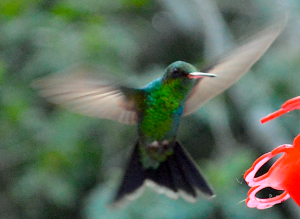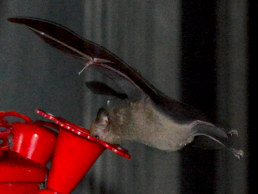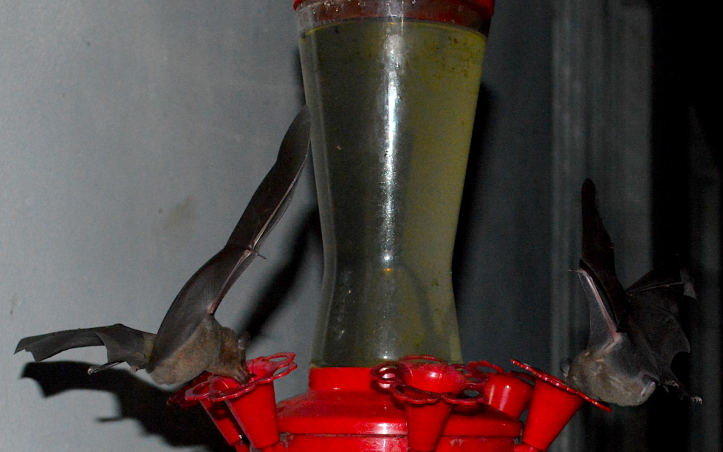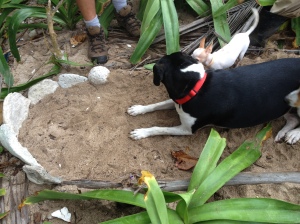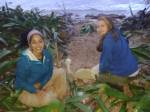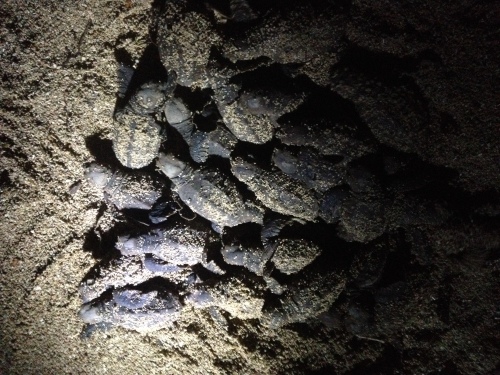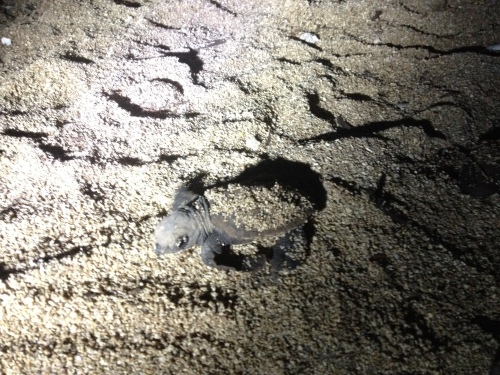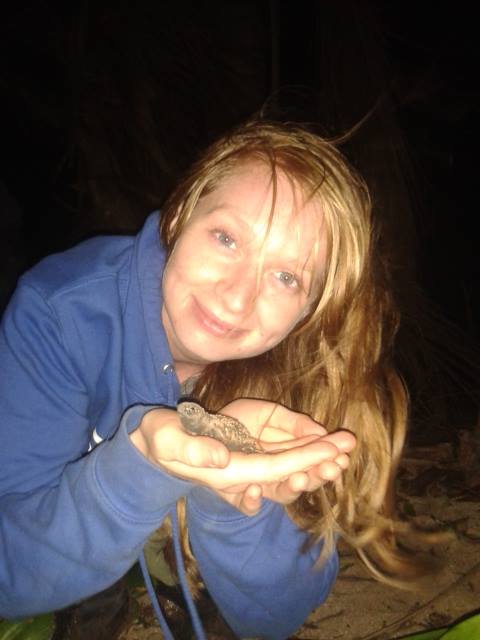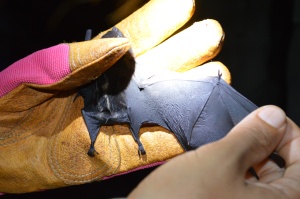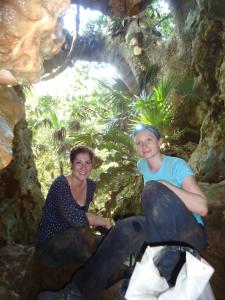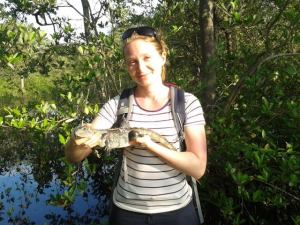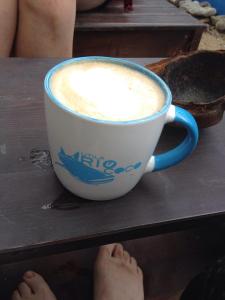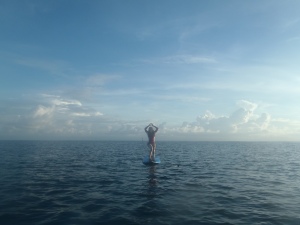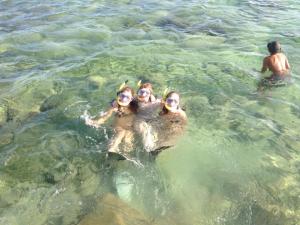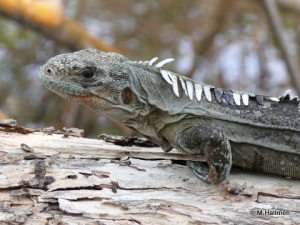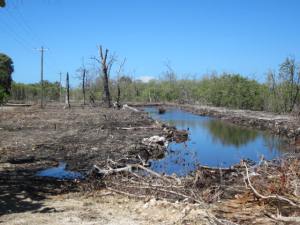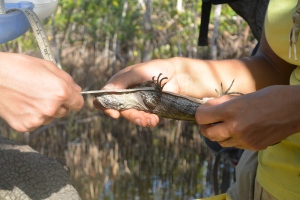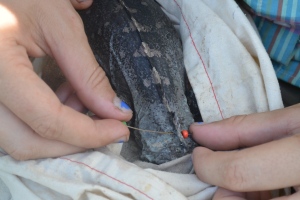Undergoing a BBSRC funded PhD allows me and my fellow colleagues the opportunity to carry out a placement that, by rule, must be unrelated to my current field of research.
My Current research sees me working 9 – 6 (minimum) daily in an almost windowless laboratory, battling with the huge task of creating new antibiotics to replace the current ones that bacteria are quickly becoming resistant to, as you can imagine it’s rather draining.
After a year of my PhD the time to start organizing my placement grew ever nearer until I could put it off no longer. I started searching through potential placement options between experiments (missing out on valuable tea breaks as I went, you can only imagine my frustration at this new chore eating into my already limited downtime!).
After reluctantly lining up a few uninspiring ways to see out my prescribed 3 months, in another lab, doing someone else’s research I happened across an email that I would usually have discarded as spam, intended for the Biologists working under the BBSRC. It contained a link to the website of Kanahau, an organization situated on an island called Utilla (near Honduras). This was the first time I allowed my imagination to run wild and view my placement as an opportunity to get away from the monotony of life in a Synthetic Chemisty lab and have some fun!
I spent a little time on Kanahau’s website and talking to a previous volunteer that was also from my university and (spurred on by my boyfriend’s impending 3 month trip to the Philippines) decided to run away and become a conservation researcher in Central America for 9 weeks!
I first saw Utilla from the window of my flight from San Salvador on the way to Roatan (getting here from the UK took a series of flights on increasingly smaller planes, culminating in a private flight from Roatan to Utila). The view was simply spectacular; as someone who has never been any further from the UK than Europe the scenery was shocking, the vividness of the colours and the thick warm taste of the air were something I hadn’t expected. The feeling that I was being flown through the panoramic landscape shot at the start of a David Attenborough documentary was only strengthened when the pilot of my tiny plane pointed out the Whale Shark swimming just below us, visible through the LITERALLY crystal clear water. Had I not have been completely aghast by the beauty of my current surroundings I might have had the forethought to take some pictures, however I feel ultimately lucky to have experienced that moment fully, without the distraction of a camera lens.
I got off our plane, thanked the pilot and waited in the small café at the end of the runway for Andrea to arrive, Andrea is part of the team here at Kanahau and the lead researcher, she showed me to my accommodation for the first 3 weeks right by the botanical gardens. Already I was starting to draw comparisons with my routine at home. I certainly prefer walking through the gardens in the morning casually picking fruits for my breakfast smoothie to the unpleasantness of the number 86 bus, overcrowded with sweaty Mancunians jostling for seats.
So as I adjust to the novelties of island life, after the 6 month road to Kanahau, plotting and planning my way to the hammock from which I’m currently typing, I’ll be writing small blogs about my experiences. Before coming here I would have welcomed the insights of a previous volunteer to help me make my decision, so hopefully I can help to give outsiders a window to the amazing work that is being done here and is being planned for the future, by such a small and passionate team.

My private flight from Roatan to Utila

The view from Pumpkin Hill

The view as approaching Utila

My home for three weeks at the Botanical Gardens




